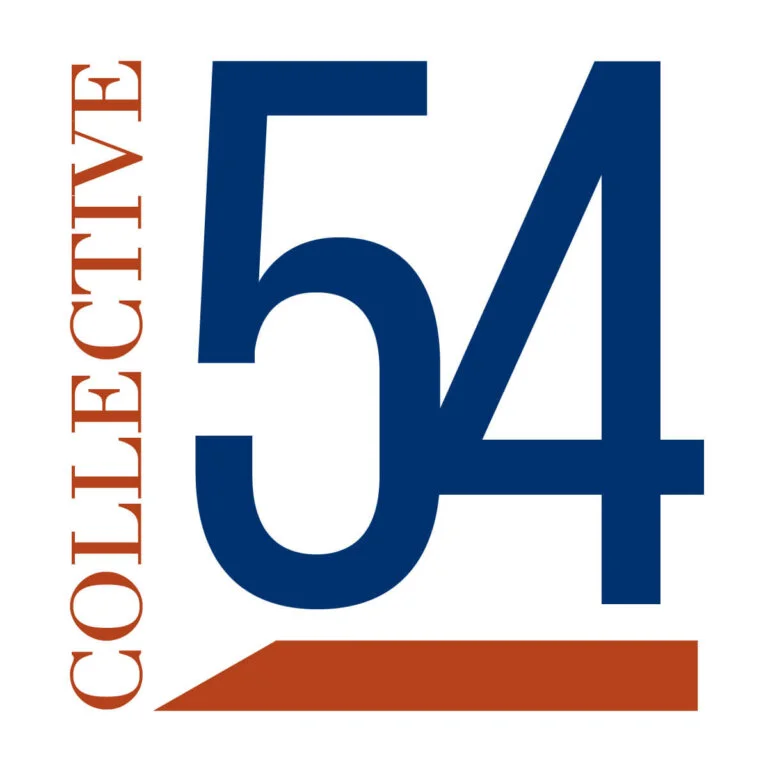|
Getting your Trinity Audio player ready... |
ChatGPT Is My New Best Salesperson

Whether you love it, hate it, or try to pretend it doesn’t exist, generative AI is out there changing the way people buy just about everything. If you think it hasn’t made its way into the B2B buying cycle just yet, I’m here to share some very recent data points that say otherwise.
Over the past month, I’ve had three highly qualified and highly informed inbound leads roar onto my deals board, all making decisions within the next month, and all of which explicitly told me, “Chat GPT sent me.”
Since GenAI is a new channel with lots of unknowns, I wanted to take this opportunity to share what my team and I have been doing to try and optimize for LLMs over the past several months. It seems to be paying off for us, though of course we’re a sample size of one.
Hopefully these ideas can guide others toward low-effort experiments that will help fill your own pipelines with interested prospects.
Why LLM Optimization in the First Place
First and foremost we have to remember why we’re doing any of this: our buyers and prospects have always done research before coming to our sites. Now they’re just doing way more.
Our goal is to position ourselves as the obvious authority in our space so that when LLMs are providing answers and sourcing references, they link to us.
That means basic essentials, like who you serve, what you do, and how you help, need to be crystal clear and spelled out in plain English anywhere and everywhere your brand gets mentioned. Even more than search engines, LLMs are looking at everything all the time, and people often ask them to compare tools and vendors. If they can’t figure out what you do, LLMs will return a question mark in their results table. Not a good look if your main competitor’s value prop is crystal clear on the row right next to you.
So, in a nutshell, LLM optimization is accelerating all the marketing stuff we’ve all been putting off. We have to get clear messaging on our site, and establish a robust system to spread the word about what we do to other sites.
Now, on to specifics of what that looks like.
How Do I Optimize for LLMs on My Website?
Many of the things that have worked for traditional SEO (search engine optimization) still work for GEO (generative engine optimization). (I’m going to stick with that acronym here, though marketing overall is still hotly debating which one is “right.”)
Creating content that answers common questions that your buyers and prospects have is still the right thing to do, and if you already have that you’re ahead of the game. But the adjustment you need to make (and what my team and I spent many weeks over the summer doing) is optimizing your highest performing pages to be LLM friendly.
Even more than traditional search queries, people are engaging with LLMs using everyday language. That means full questions and sentences (“Which digital marketing agencies in Charlotte specialize in dry cleaners and have been in business more than 5 years? I have a budget of $2k per month.”), not short search phrases (“digital marketing agencies Charlotte”).
So adding FAQs and tables of contents to help LLMs understand more fully what your pages are about will help them know when they should refer back to those pages as reliable sources to help answer people’s questions.
Remember that unlike search engines, which were originally set up to direct people toward a new destination as fast as possible, LLMs don’t want to point people to your page unless they really have to. They want to provide all the information they possibly can within their native interface.
So whether we like it or not, if we want to make them happy, we need to make it easy for LLMs to get information out of our pages. The good news is that, at least for now, this tends to also make it easier for humans to find what they’re looking for.
Here’s an onsite LLM optimization checklist:
- Review your analytics to find your most highly trafficked and most highly converting pages. Depending on your team’s capacity, make a list of your top 10-50 in each category.
- Commit to updating a set number every couple of weeks so this effort moves forward consistently and isn’t overwhelming for your team.
- For each page on your list, do the following:
- If it’s not over 1,000 words, expand it. Data is still showing that longer content outperforms shorter. Think about adding answers to questions you often hear that are related to the topic, and use those questions word for word as topical headers on the page if you can. E.g. on this page I used “How do I optimize for LLMs on my website?”
- Add a table of contents at the top of the page listing its key areas of focus. Label it as a table of contents using a header tag (h1 or h2 in HTML).
- At the bottom, add 3-7 FAQs that are related to the content of the page. This is a great job for an LLM to do for you, by the way; just paste your content in and ask it to come up with the FAQs for you, optimizing for appearing in LLM results.
- If you haven’t already posted your pricing, consider doing so. People will be asking LLMs for pricing, and if they can find this information about your firm but not your competitors, it could be a differentiator that pushes them in your direction. We’ve posted ranges that still give us negotiating room during sales conversations without removing us from the running when people ask LLMs for recommendations.
Keep in mind that this is what seems to be working for us right now. LLMs are changing all the time, so it’s important to stay up to date on new best practices and keep making adjustments when things inevitably change again.
Creating Authority on Other Sites
As with other aspects of traditional SEO, GEO has ratcheted up the importance of getting mentioned on websites that you don’t own. AgileSherpas seems to have benefitted from this in particular because we’ve been publishing our State of Agile Marketing Report for eight years. That’s eight years of news coverage, blog articles, and podcasts talking about us and the data, which is definitely working in our favor.
If you have access to any proprietary data, now’s the time to make a big deal out of it. Write about it, speak about it, podcast about it – the broader you can go the better.
We doubled down on this over the summer as well, posting monthly or quarterly on every site that I have access to, including Forbes, CMSWire, and Inc., as well as industry sites I can guest blog on. In each article we linked to one of our most influential content pieces, such as the Report, so we’re consistently reinforcing its authority.
It’s important to be thoughtful about this, because you want to create weight around a few key pieces, rather than spreading your authority too thinly. However, this seems to be mattering less than it did in the old days of SEO, when even the specific words that were used for links impacted their power.
Now it seems that it’s the holistic universe of mentions around your brand that drives LLMs to surface you. Multimedia presence also seems to be contributing to this, with video playing an outsized role. I can’t point directly to any supporting data, but we were 8-9 episodes into our first branded podcast (which we publish on YouTube as well as Spotify and Apple) when these leads came in.
Last but not least, consider the whole online reach of the executive team and any other SMEs. For example, if three of you are on podcasts instead of just one, and all of your bios reference the company name and link back to its website, that’s 3x the authority weight for the LLMs to pick up on.
At AgileSherpas we do a monthly webinar featuring at least two people from our team, and either another industry expert or a client. It’s light production value – panel discussion with very little prep time – but it continually gets us out there as experts (and generates leads at the same time).
Here are some offsite LLM optimization options:
- If you have any proprietary data, turn it into content ASAP. Post that content any and everywhere you have access to.
- Get creative about ways to have other experts in your field talk about you. Guesting on podcasts, or even starting a podcast where you can invite industry leaders as your own guests, can be a great way to get LLMs associating your brand with the right things.
- Do you have a dormant Forbes council account, or access to Inc. from being named to the Inc. 5000? Reactivate those things and start taking advantage of them! Those are high authority sites that you want LLMs to associate with your brand.
- Have your team do some deep research in your LLM of choice about which niche sites in your industry accept guest posts, and start a routine of submitting regularly. Even once per quarter makes an impact.
Some Cautionary Closing Words
This is very much an emerging area of marketing. There are a lot of tools and a lot of agencies out there who claim to have some kind of secret sauce that will rocket you to the top of LLM results.
They cannot do that. Please do not give them any money.
Even the best, most experienced marketers out there are experimenting and figuring this out as they go. What’s working for one brand may not work for another, and when a new version of ChatGPT comes out all bets may be off again.
The basic best practices above are almost certainly going to serve you well in the age of LLMs. Other adjustments will be necessary, but you and your internal teams should be able to handle many of them. Until more is known and things stabilize, I’d strongly suggest that none of us hire GEO agencies or buy specialized GEO tools.
In the meantime, you can follow Andy Crestodina, Tim Soulo, and Marcus Sheridan (along with the very smart voices in our own C54 community) for some super tactical and practical tools on using AI in your marketing efforts.
Good luck to us all, and may the LLMs be ever in our favor.
